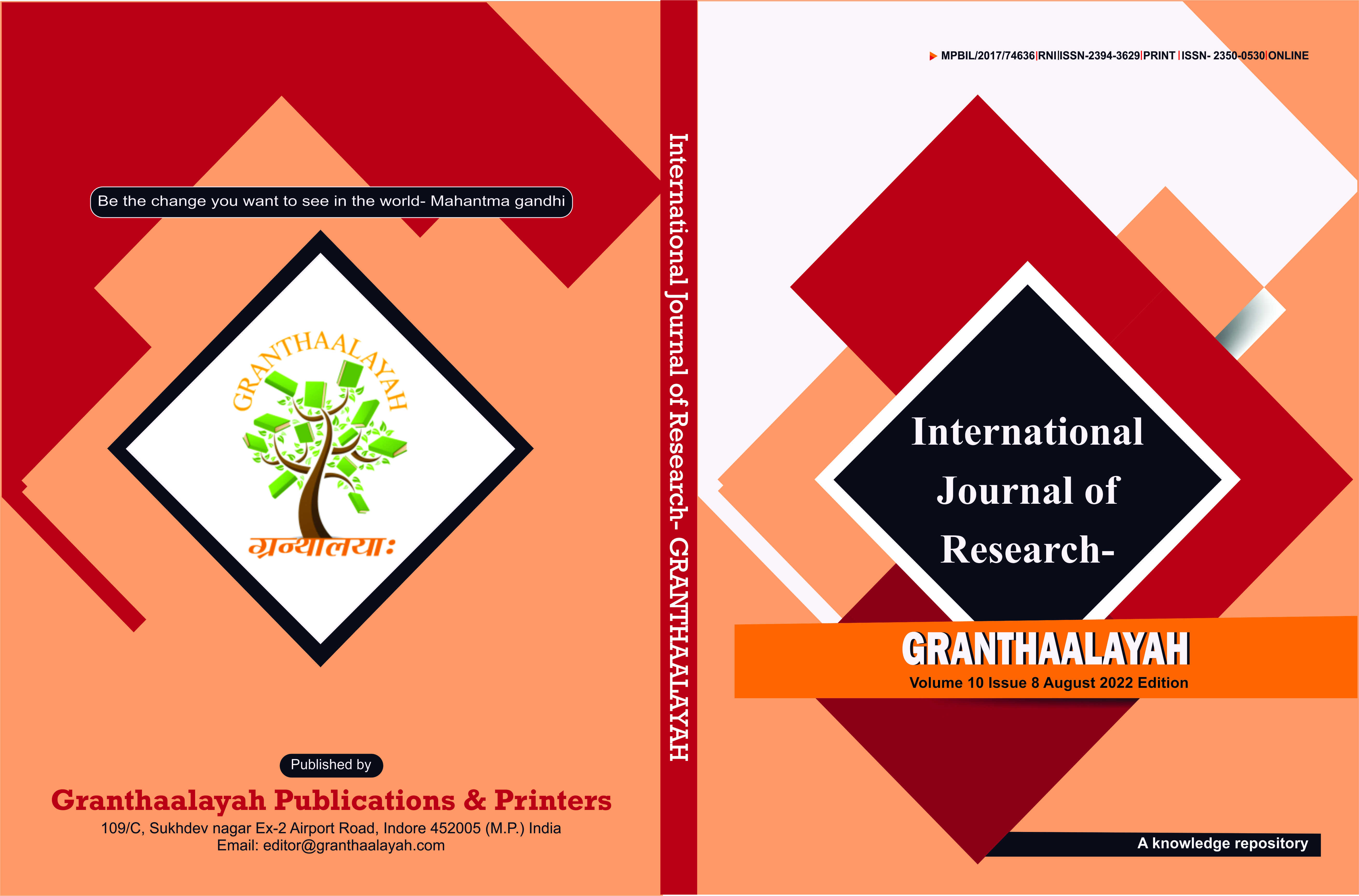COMPARATIVE CFD ANALYSIS OF CONVENTIONAL AND MODIFIED SOLAR STILLS
DOI:
https://doi.org/10.29121/granthaalayah.v10.i8.2022.6292Keywords:
Solar Still, CFD, ANSYS FLUENT, Heat transferAbstract [English]
This research presents a comparative analysis between a conventional solar still and a modified version to determine the most efficient design for freshwater production. Computational Fluid Dynamics (CFD) simulations were carried out using ANSYS FLUENT to analyse the heat and mass transfer processes occurring within the solar stills. A single-slope solar still configuration was modelled for both setups, and key performance parameters were evaluated. The results aim to provide a deeper understanding of the thermal behaviour and effectiveness of design modifications, offering practical guidance for the development of high-efficiency solar desalination systems.
Downloads
References
Tiwari, G. N., Mukherjee, K., Ashok, K. R., & Yadav, Y. P. (1986). Comparison of Various designs of Solar Stills. Desalination, 60*, 191–202. https://doi.org/10.1016/0011-9164(86)90008-1
Abolfazli, J., Rahbar, N., & Lavvaf, M. (2011). Utilization of Thermoelectric Cooling in a Portable Active Solar Still: An Experimental Study on Winter Days. Desalination, 269, 198–205. https://doi.org/10.1016/j.desal.2010.10.062 DOI: https://doi.org/10.1016/j.desal.2010.10.062
Adenauer, P. K., & Nafila, S. (2007). Impact of Temperature Difference (Water–Solar Collector) on Solar-Still Global Efficiency. Desalination, 209, 298–305. https://doi.org/10.1016/j.desal.2007.04.043 DOI: https://doi.org/10.1016/j.desal.2007.04.043
Al-Hayeka, I., & Badran, O. O. (2004). The Effect of Using Different Designs of Solar Stills on Water Distillation. Desalination, 169, 121–127. https://doi.org/10.1016/j.desal.2004.08.013 DOI: https://doi.org/10.1016/j.desal.2004.08.013
Gnanadason, M. K., Kumar, P. S., Wilson, V. H., & Kumaravel, A. (2015). Productivity Enhancement of a Single Basin Solar Still. Desalination and Water Treatment, 55(8). https://doi.org/10.1080/19443994.2014.930701 DOI: https://doi.org/10.1080/19443994.2014.930701
Mishra, D. R., & Tiwari, A. K. (2013). Effect of Coal and Metal Chip on the Solar Still. Journal of Scientific and Technical Research, 3(1), 1–6.
Musher, S. A., Mir-Nasiri, N., Wong, S. Y., Ngoo, K. C., & Wong, L. Y. (2010). Improving a Conventional Greenhouse Solar Still Using Sun Tracking System to Increase Clean Water Yield. Desalination and Water Treatment, 24, 140–149. https://doi.org/10.5004/dwt.2010.1473 DOI: https://doi.org/10.5004/dwt.2010.1473
Raval, T. N. (2016). Performance Enhancement of Combined Cycle Power Plant. ICPMAE, 3(2), 68–71.
Raval, T. N., & Patel, R. N. (2013). Optimization of Auxiliary Power Consumption of Combined Cycle Power Plant. Procedia Engineering, 51, 751–757. https://doi.org/10.1016/j.proeng.2013.01.107 DOI: https://doi.org/10.1016/j.proeng.2013.01.107
Sampathkumar, K., Arjunan, T. V., Pitchandi, P., & Senthil Kumar, P. (2010). Active Solar Distillation: A Detailed Review. Renewable and Sustainable Energy Reviews, 14, 1503–1526. https://doi.org/10.1016/j.rser.2010.01.023 DOI: https://doi.org/10.1016/j.rser.2010.01.023
Shankar, P., & Kumar, S. (2012). Solar Distillation: A Parametric Review. VSRD-MAP, 2, 17–33.Tiwari GN, Mukherjee K, Ashok KR, Yadav YP. Comparison of various designs of solar stills. Desalination 1986; 60:191–202. doi:10.1016/0011-9164(86)90008-1. DOI: https://doi.org/10.1016/0011-9164(86)90008-1
Tiwari, A. K., & Tiwari, G. N. (2007). Thermal Modelling Based on Solar Fraction and Experimental Study of the Annual and Seasonal Performance of a Single Slope Passive Solar Still: The Effect of Water Depths. Desalination, 207(1–3), 184–204. https://doi.org/10.1016/j.desal.2006.07.011 DOI: https://doi.org/10.1016/j.desal.2006.07.011
Published
How to Cite
Issue
Section
License
Copyright (c) 2022 Priyanka Sharma, Shyam Kumar Birla

This work is licensed under a Creative Commons Attribution 4.0 International License.
With the licence CC-BY, authors retain the copyright, allowing anyone to download, reuse, re-print, modify, distribute, and/or copy their contribution. The work must be properly attributed to its author.
It is not necessary to ask for further permission from the author or journal board.
This journal provides immediate open access to its content on the principle that making research freely available to the public supports a greater global exchange of knowledge.






























